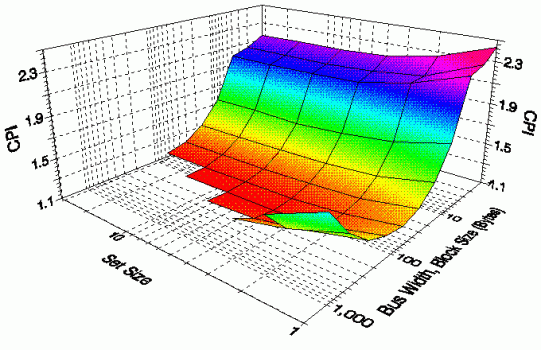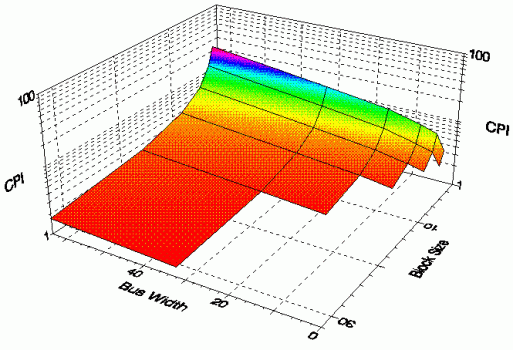Here are my personal thoughts:
Every computer that has an M1 processor replaced a previous model variant. The Air replaced the Air (obviously), the Mac mini replaced the quad-core Mac mini, but most importantly, the 13" Pro only replaced the 2 port 13" Pro model.
So, we have the 27in iMac, 6-core Mac mini, 4-port 13" Pro, 16" Pro, and Mac Pro left to be updated. Apple also said during the announcement of M1, they said they were making a family of SoCs. Considering the emphasis on how M1 is "low-power" silicon, I think we're going to see two more chips - the M1X/M2/M1 Pro serves as a high performance version of the M1, and there will be a second chip that's even higher performance.
I think it's pretty obvious the 4 port 13" and the 16" will get replaced by the upcoming 14" and 16" using the mid-tier chip. I also think it's pretty safe to say the Mac Pro will use the highest end chip.
For the 27" iMac, I think we have two options. Apple is either going to do what they used to do with the iMac G4 and G5, and announce a new screen size mid-cycle, or there will be a dedicated redesign for a 27" replacement (maybe 32"?), that uses either the M1 or M1X.
The Mac mini I think will also have two possibilities. The first is it's killed off, with only the regular M1 mini available, or there's a new Mac mini "pro" (Maybe Mac Pro Cube?).



